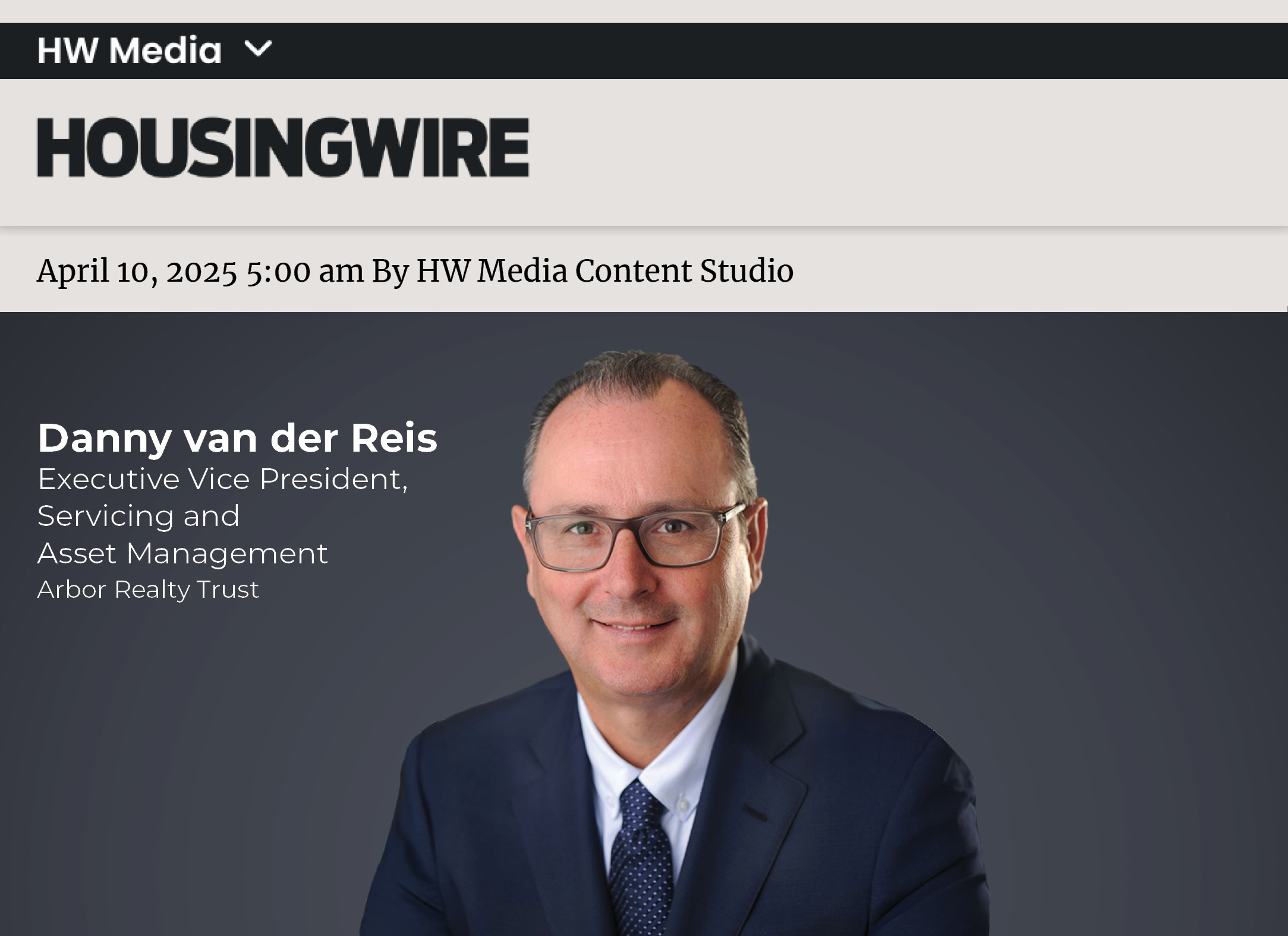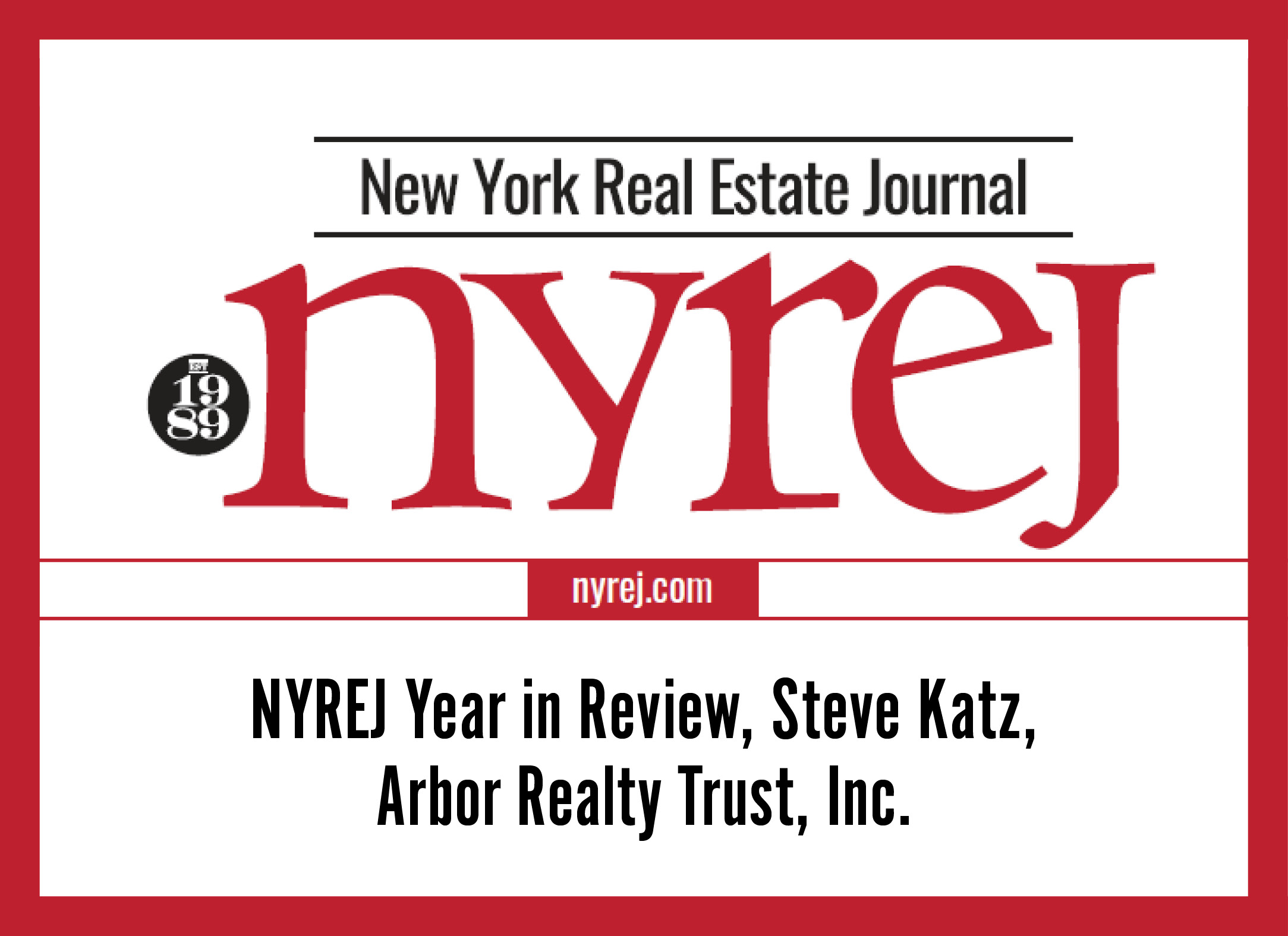Yahoo! Finance: Ivan Kaufman on Arbor’s Rental Assistance Program
Arbor Realty Trust Inc. (NYSE:ABR) developed a unique rental assistance program to help tenants hit with financial difficulties resulting from COVID-19. The company’s Chairman and CEO Ivan Kaufman spoke with Yahoo! Finance’s Alexis Christaforous and Brian Sozzi and explained how Arbor’s program will financially assist tenants across the country, while helping to maintain financial liquidity and stability in the housing market.
With the $2 million Arbor Rental Assistance Program (ARAP), Arbor is providing $1 million, matched with borrowers’ funds to provide interest-free advances to tenants to pay their rent at Arbor-financed properties. Tenants have up to three years to pay back the funds.
“What we did was reach out to our ecosystem of borrowers and ask how can we leverage our capital? How could we leverage your capital? How could we get to those who need the money?” Kaufman explained. “What we’re also seeing is tenants really do want to pay their rent. Tenants do want to be current. But they need help. We’re here to help them and in a way that when they can make financial ends meet, it won’t be painful.”
He noted that 99% of Arbor’s borrowers were making their payments. However, private capital is needed to fill gaps, supplementing governmental programs. As one of the country’s leading multifamily lenders, known for its strong relationships with its network of borrowers, Arbor has the infrastructure to connect with renters and their families who have suffered hardships as a result of the coronavirus.
Kaufman also created the program to help keep the market liquid, and to prevent mortgage foreclosures and a devaluation of real estate that would destabilize the economy. “My goal is not just simply looking at Arbor and our borrowers but looking at the universe in total. If we can get 1,000 borrowers and 1,000 other lenders to do what we’re doing, we’re talking about billions and billions of dollars to reach those who are in need,” he said. “And that’s the message. How do we get to those who have been most impacted?”
Lenders and borrowers have access to tenants who are hard-pressed by the unprecedented effects of COVID-19. He reasoned that private industry could assist the government in effectively averting another economic crisis.
To watch the full interview, click here.
—-
Learn more about ARAP and Arbor’s loan programs. Contact Arbor today to speak with an originator about our multifamily financing options.






